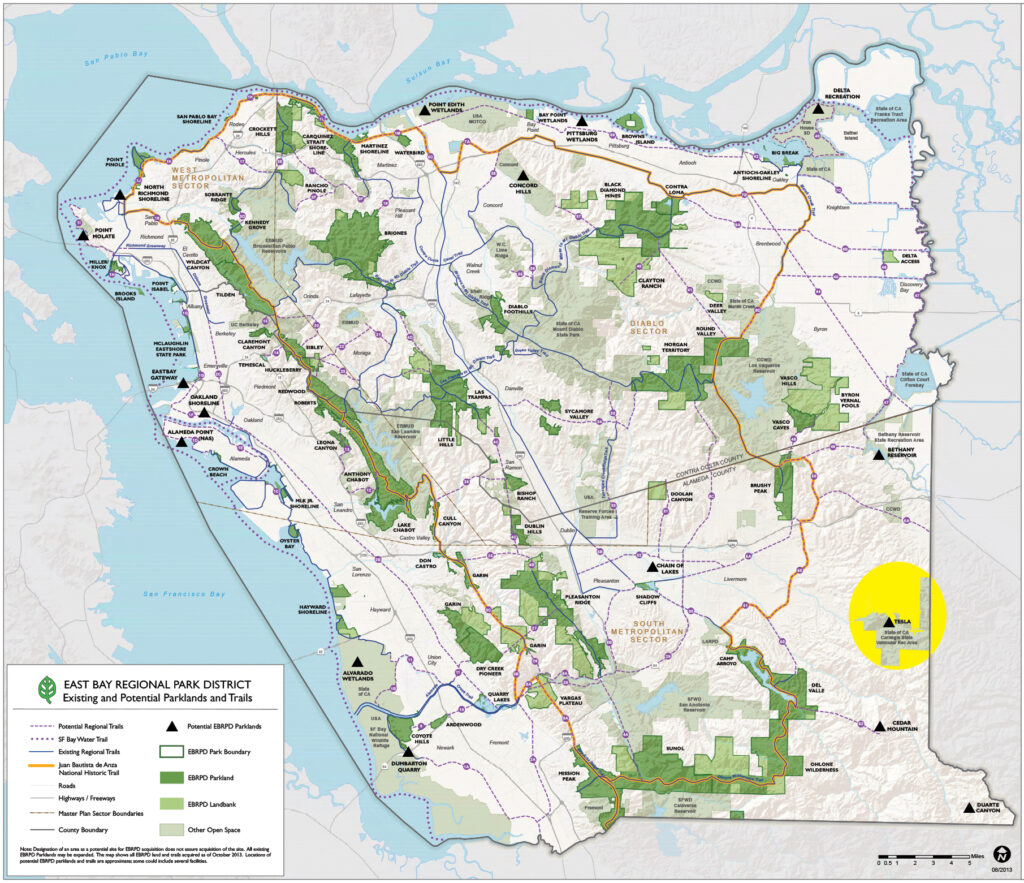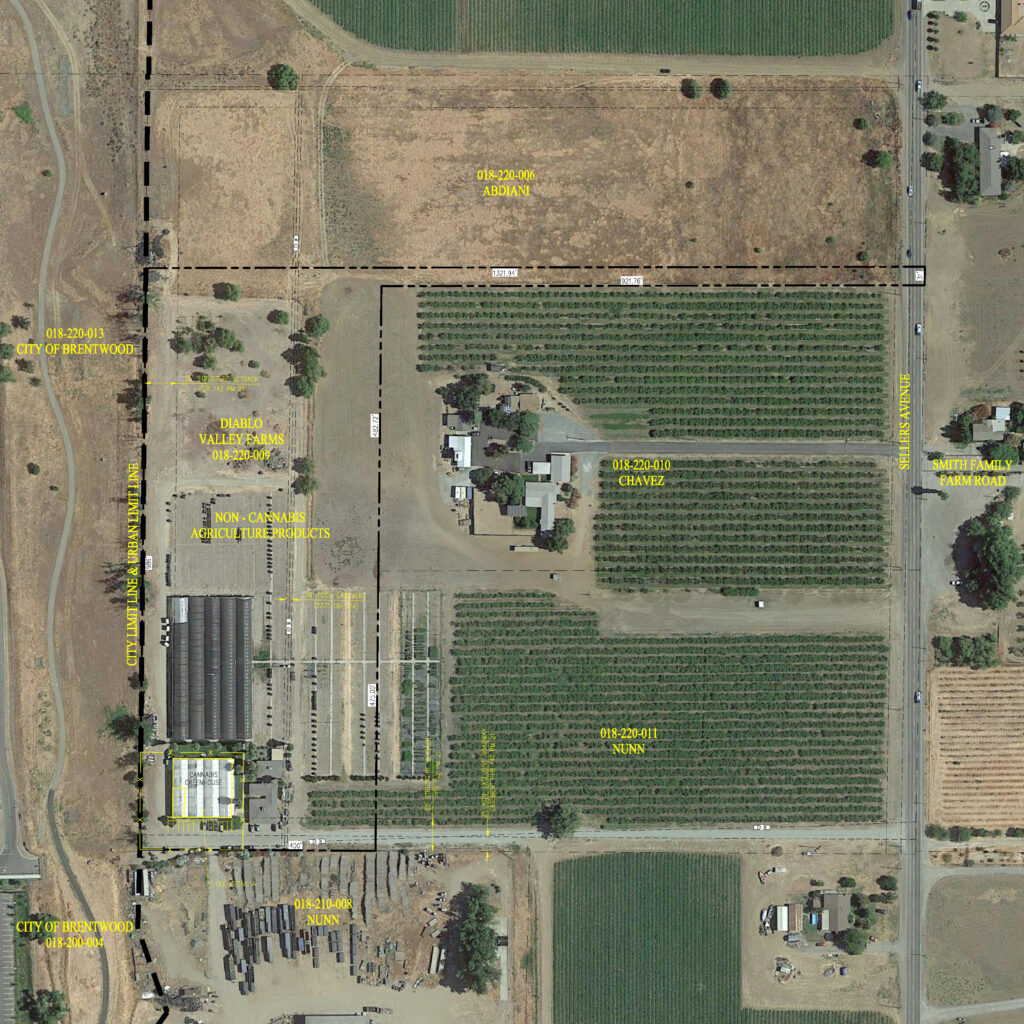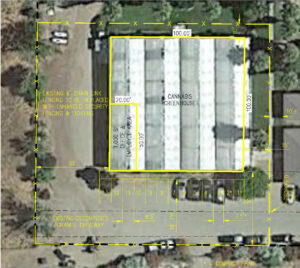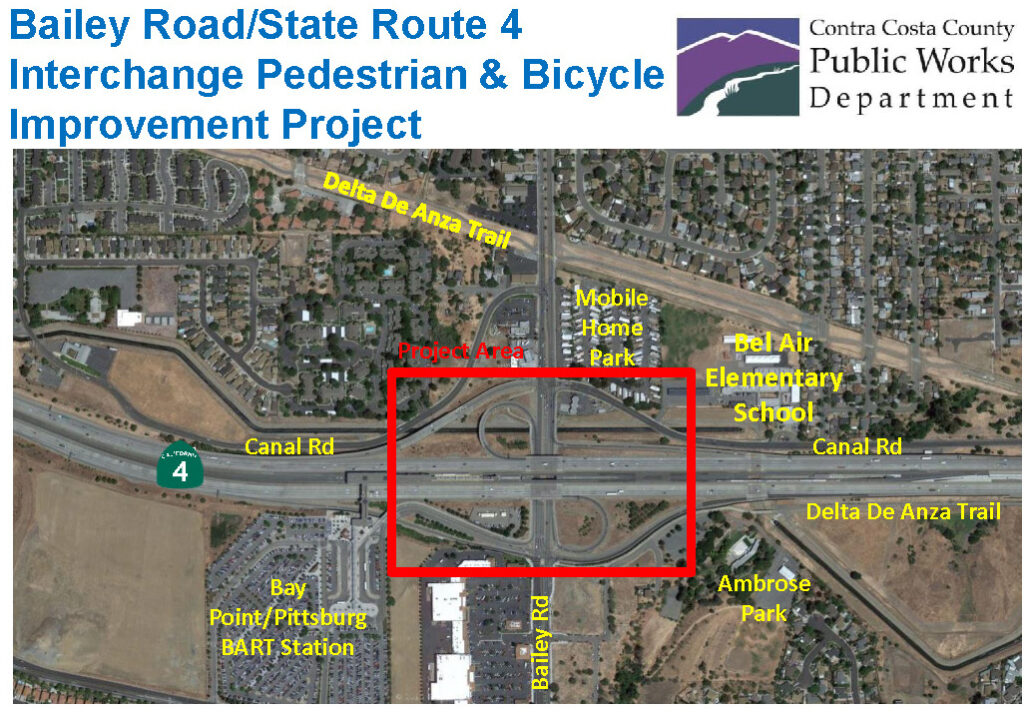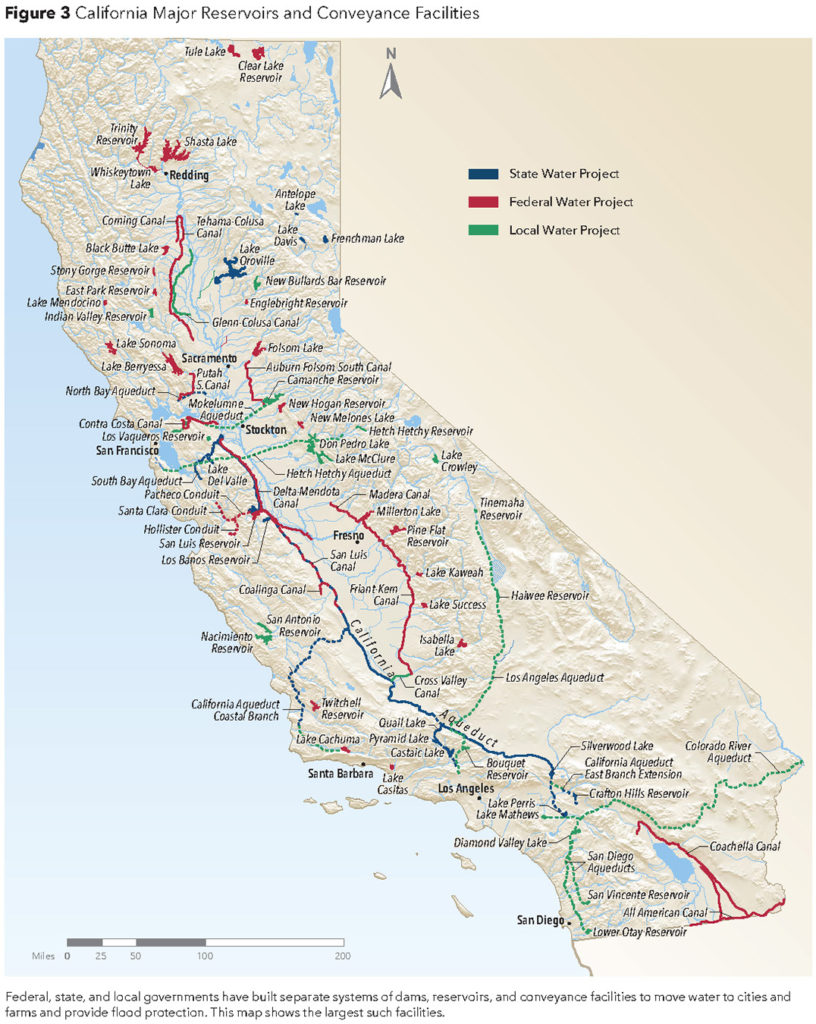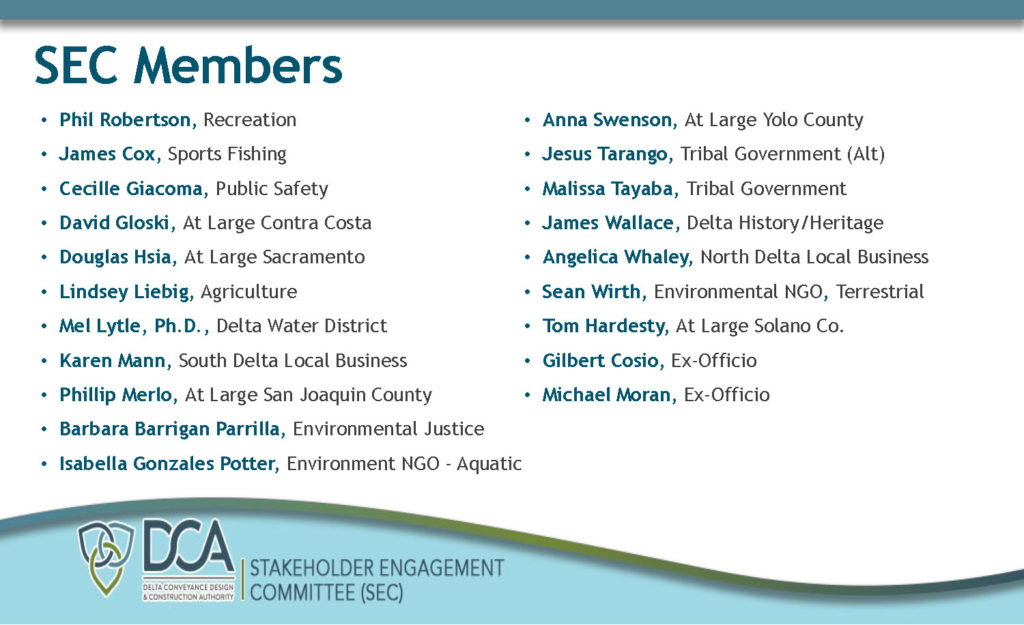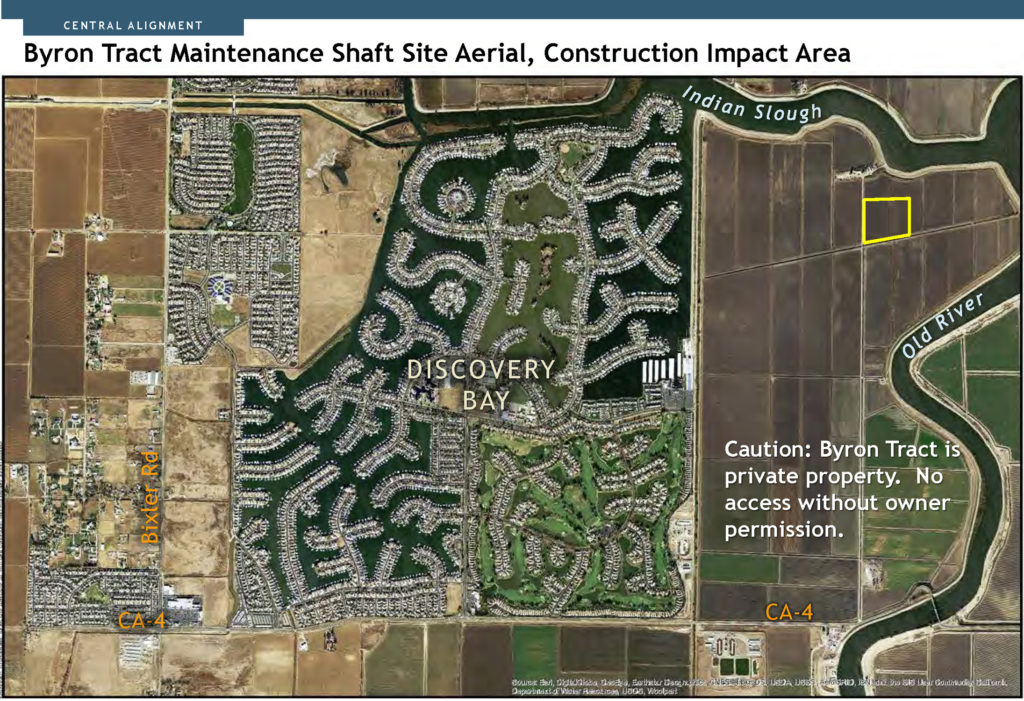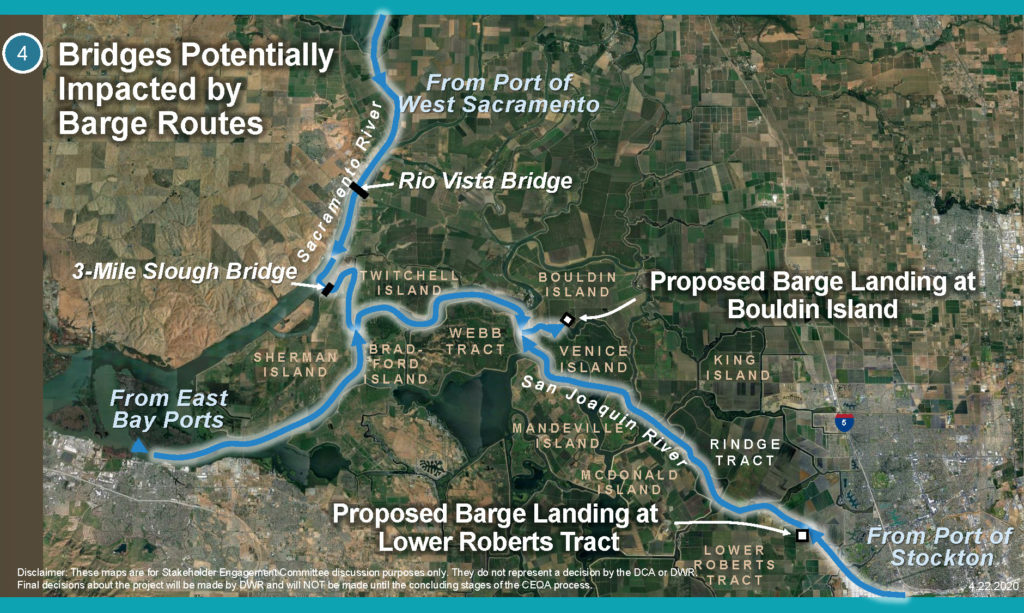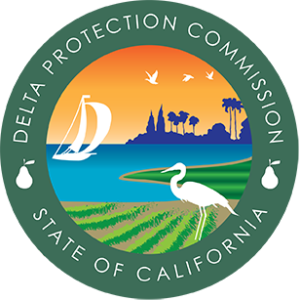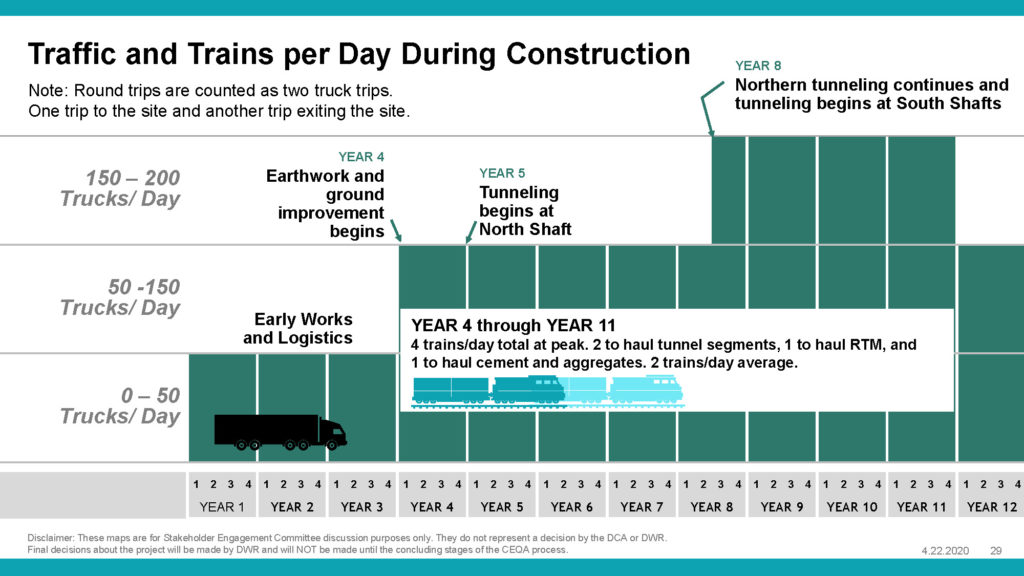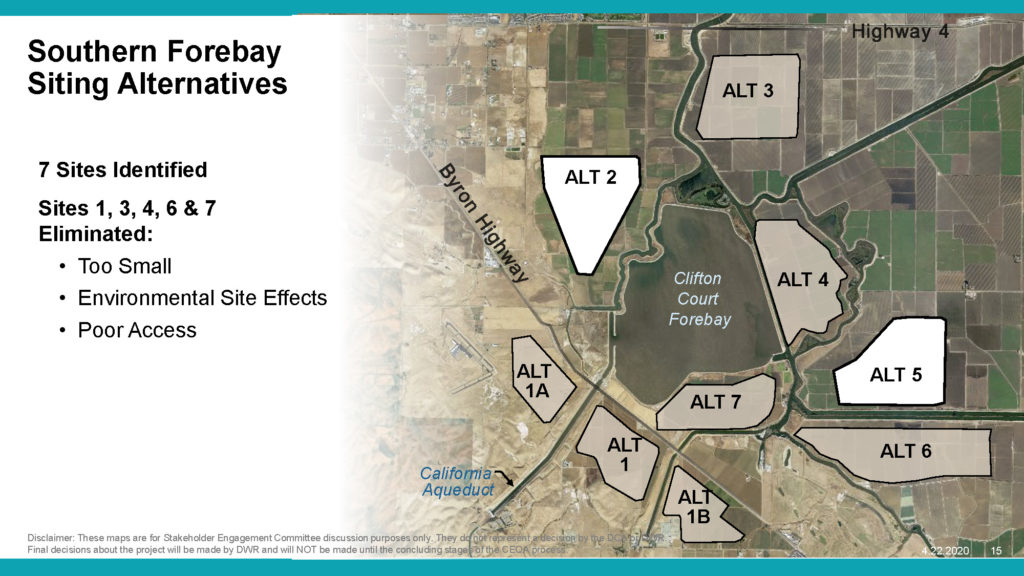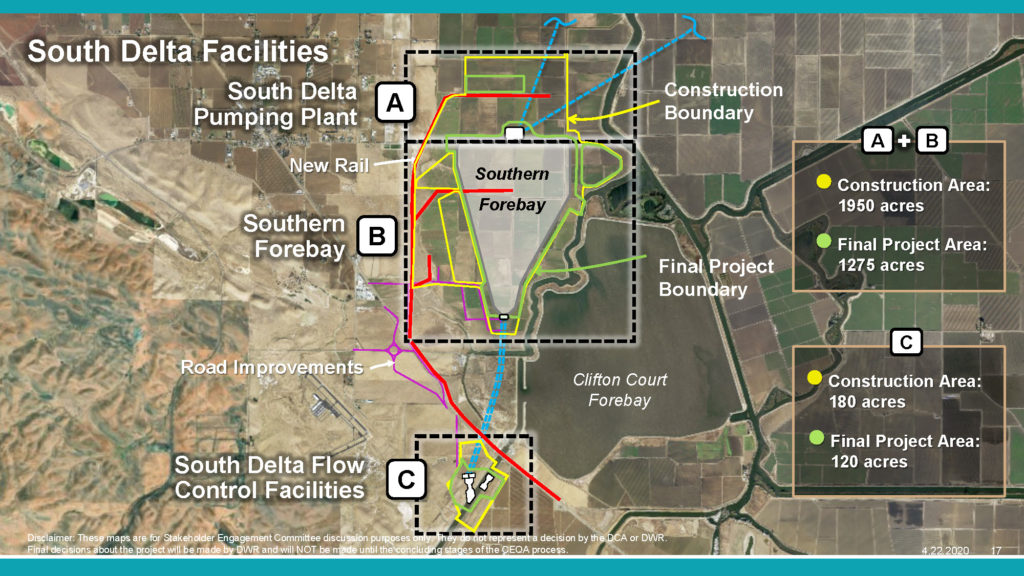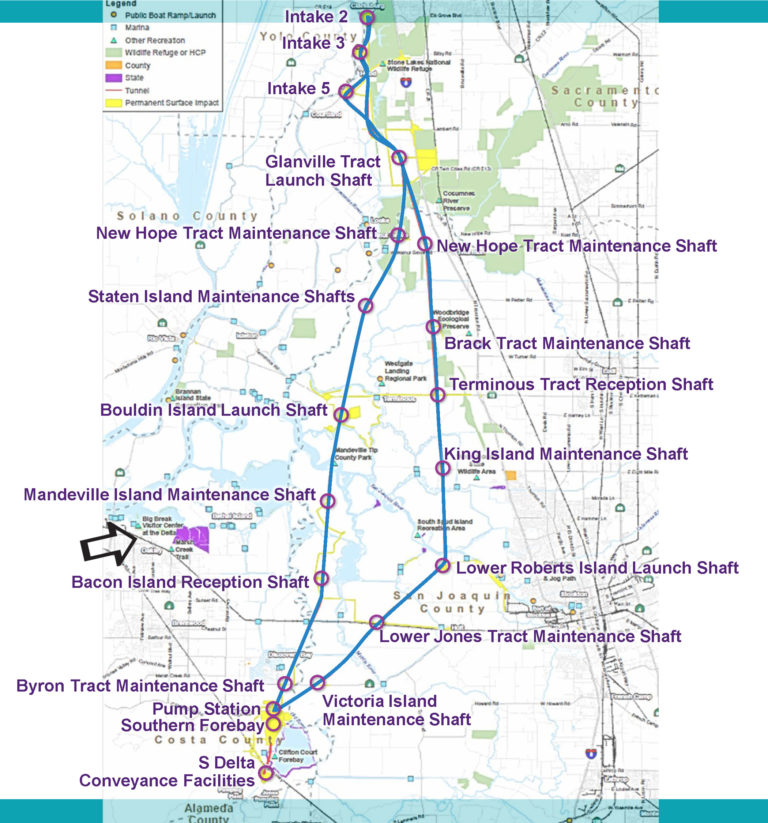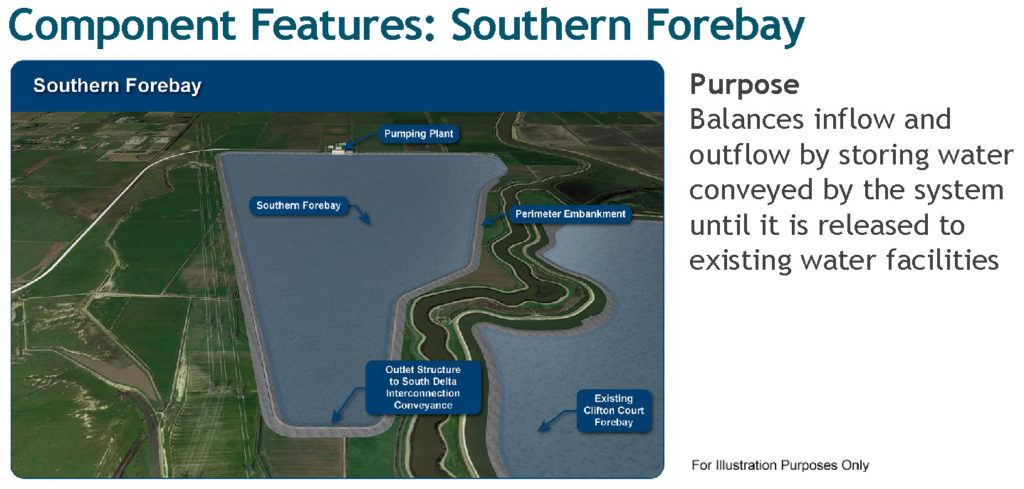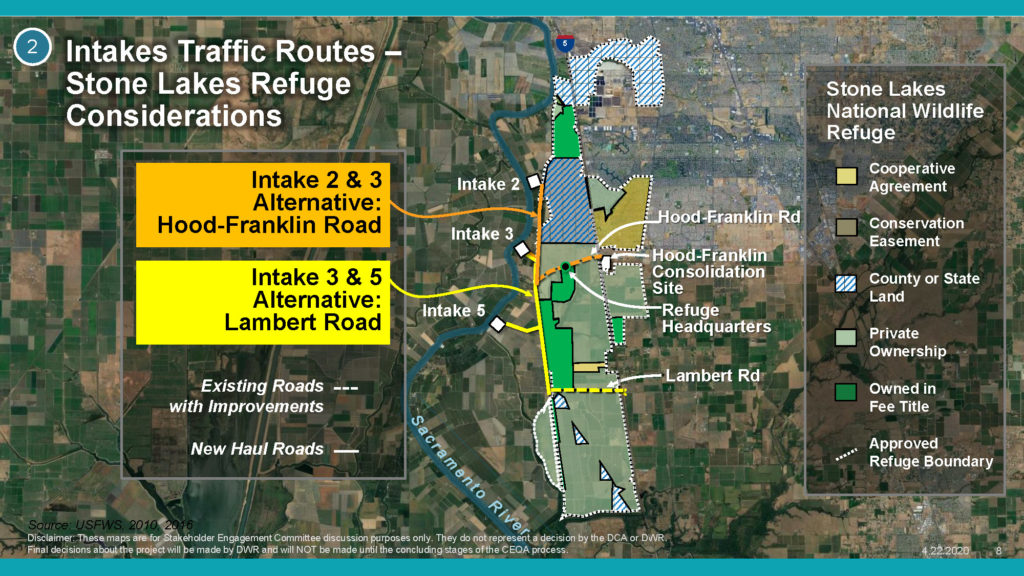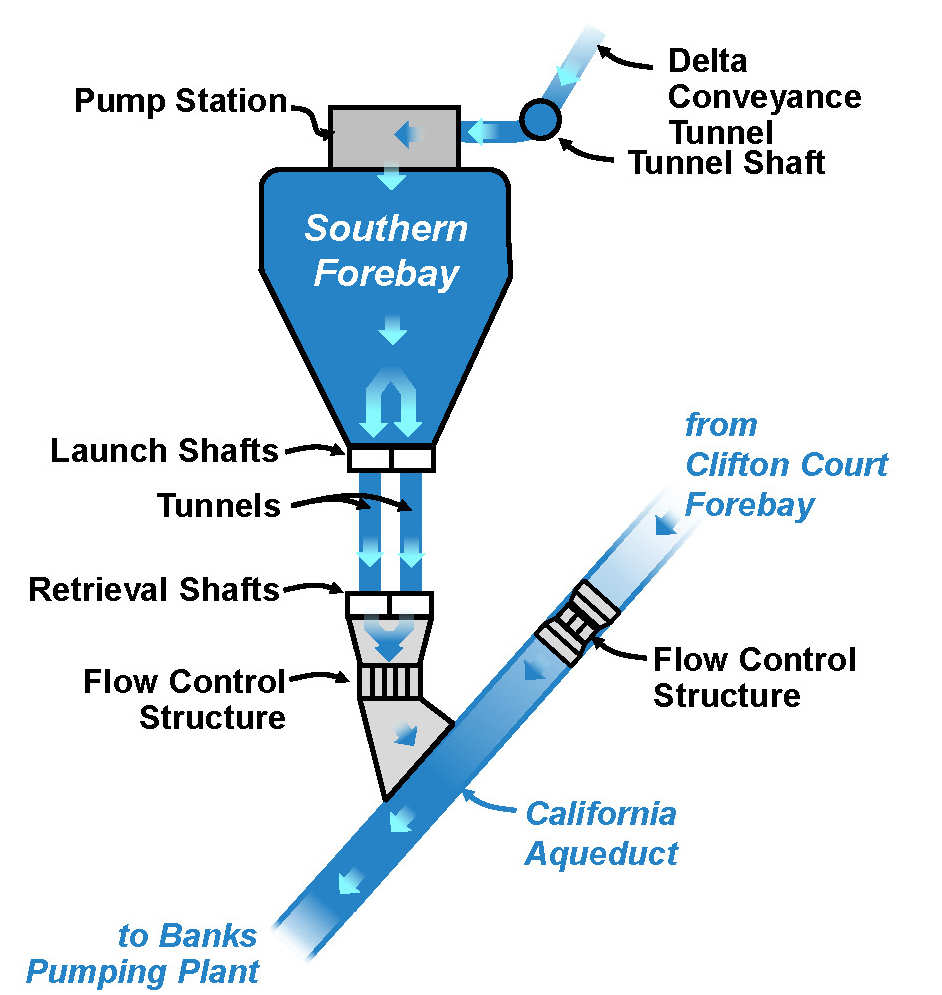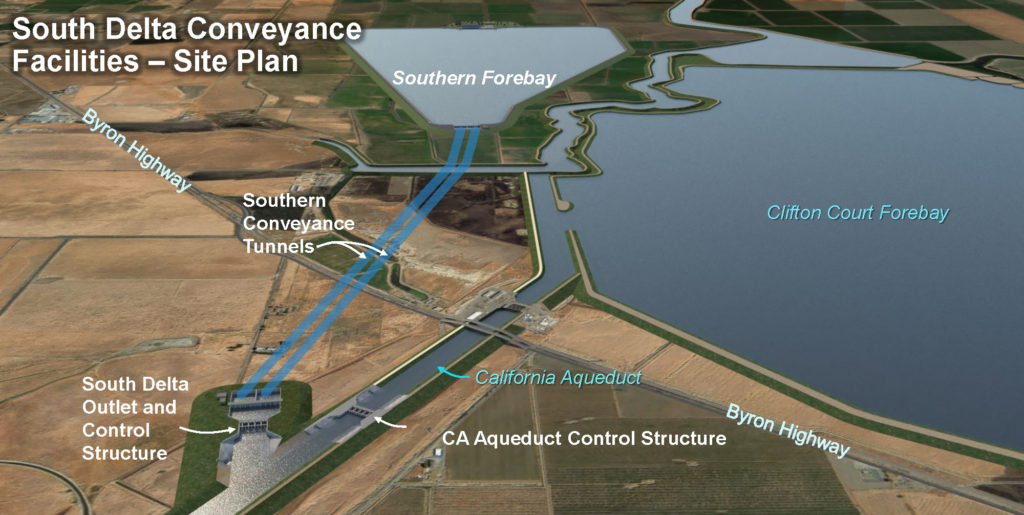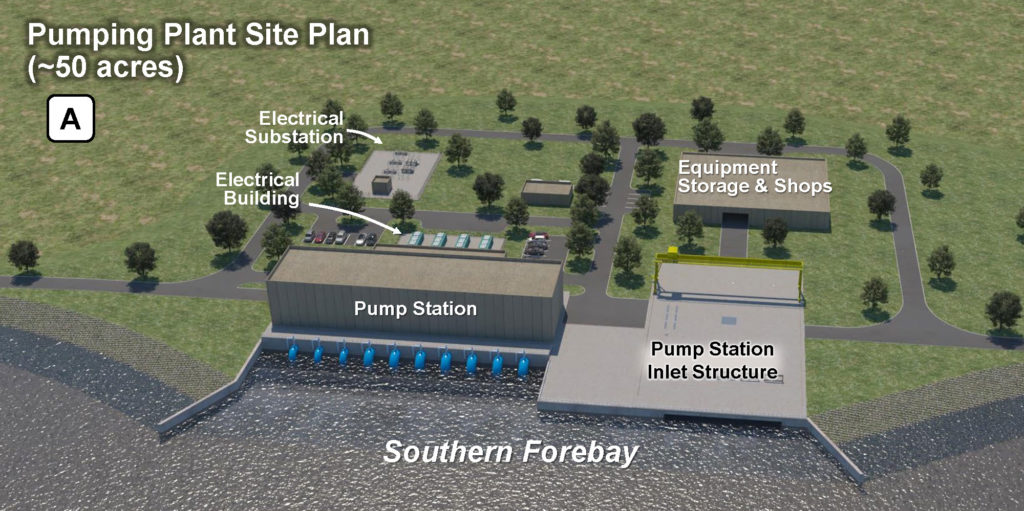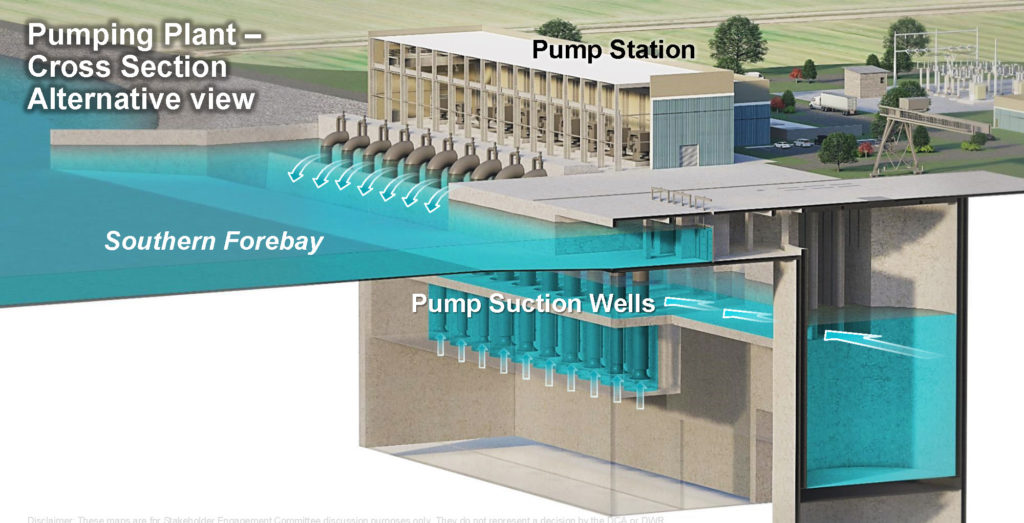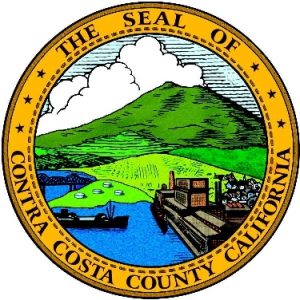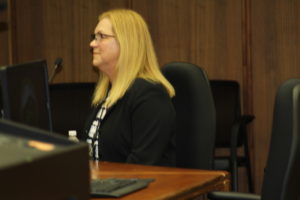As part of President Biden’s American Climate Corps, USDA launches new program placing at least 100 young people in jobs across the country
Will also focus on equity and environmental justice
Webinars Feb. 15 & 20; deadline to apply is March 8
 SAN DIEGO, Feb. 12, 2024 – The U.S. Department of Agriculture (USDA) announces a new effort to train the next generation of conservation and climate leaders. As part of President Biden’s historic American Climate Corps initiative, the Working Lands Climate Corps will provide technical training and career pathway opportunities for young people, helping them deliver economic benefits through climate-smart agriculture solutions for farmers and ranchers across the country, now and in the future. The Working Lands Climate Corps, in its first cohort, will aim to create service opportunities for more than 100 young people. USDA’s Natural Resources Conservation Service (NRCS) is working in partnership with AmeriCorps, The Corps Network and the National Association of Conservation Districts (NACD) in this effort. Deputy Secretary of Agriculture Xochitl Torres Small made the announcement at the National Association of Conservation Districts annual meeting in San Diego. To date, more than 50,000 people have expressed interest in joining the American Climate Corps – and over the past several weeks, 2,200 people have participated in American Climate Corps listening sessions.
SAN DIEGO, Feb. 12, 2024 – The U.S. Department of Agriculture (USDA) announces a new effort to train the next generation of conservation and climate leaders. As part of President Biden’s historic American Climate Corps initiative, the Working Lands Climate Corps will provide technical training and career pathway opportunities for young people, helping them deliver economic benefits through climate-smart agriculture solutions for farmers and ranchers across the country, now and in the future. The Working Lands Climate Corps, in its first cohort, will aim to create service opportunities for more than 100 young people. USDA’s Natural Resources Conservation Service (NRCS) is working in partnership with AmeriCorps, The Corps Network and the National Association of Conservation Districts (NACD) in this effort. Deputy Secretary of Agriculture Xochitl Torres Small made the announcement at the National Association of Conservation Districts annual meeting in San Diego. To date, more than 50,000 people have expressed interest in joining the American Climate Corps – and over the past several weeks, 2,200 people have participated in American Climate Corps listening sessions.
“As part of President Biden’s historic American Climate Corps initiative, USDA’s new Working Lands Climate Corps will train a new generation of Americans to help tackle climate change in rural communities across the country,” said Deputy Secretary of Agriculture Xochitl Torres Small. “This program will provide a pathway to continue to build a workforce of people who understand these programs and their promise to support the delivery of billions of dollars in climate-smart agriculture funding made available through President Biden’s Inflation Reduction Act, putting them on a pathway into good paying careers at the US Department of Agriculture.”
“From the Heartland to the coasts, President Biden’s American Climate Corps is mobilizing the next generation of Americans to tackle the climate crisis while putting young people on pathways to good-paying careers,” said Ali Zaidi, President Biden’s National Climate Advisor. “USDA’s Working Lands Climate Corps demonstrates how the President’s historic initiative is on the frontlines of addressing some of the most urgent challenges facing our agricultural communities, ensuring that farmers and ranchers continue to play a central and growing role in developing innovative climate solutions. Through the President’s pathbreaking initiative, the Biden-Harris Administration will empower the next generation of climate-smart agriculture leaders while strengthening our commitment to working hand-in-hand with America’s rural and agricultural communities.”
“Born amid the Dust Bowl crisis of the 1930s, the Civilian Conservation Corps revitalized farmlands across the nation. Today, farmers are facing new a threat — climate change and droughts,” claims Michael D. Smith, CEO, AmeriCorps. “With equity at its core, President Biden’s American Climate Corps is addressing this new crisis by training a new generation for good-paying jobs in climate resilience and clean energy. AmeriCorps is proud to partner with USDA, The Corps Network, and the National Association of Conservation Districts to launch the Working Lands Climate Corps — a new American Climate Corps program — which will mobilize Americans across the country to restore soil health, promote sustainable farming practices, and tackle the disproportionate impacts that climate change has on the farming industry and our food.”
“Managing and protecting our natural resources is a shared responsibility. The work NRCS does in collaboration with partners to improve the resilience of private lands is increasingly important as we see the mounting effects of climate change,” claims Mary Ellen Sprenkel, President and CEO of The Corps Network. “Engaging young adults in this work through a Corps model offers a way to expand the reach of NRCS, train future workers in climate-smart agriculture practices, and develop a new generation of climate and community leaders. The Corps Network is proud to work with the Biden Administration to stand up the Working Lands Climate Corps, a new initiative through the American Climate Corps that will help deliver on critical workforce and climate priorities. From four decades of experience working at the intersection of conservation, service, and workforce development, we know this initiative has the potential to have an important impact on our lands and in developing the climate-ready workforce we need.”
“Conservation Districts have a long history of partnership with the USDA and original Civilian Conservation Corps that dates back to the Dust Bowl era,” said National Association of Conservation Districts President Kim LaFleur. “The new Working Lands Conservation Corps allows us to renew and strengthen this partnership, while offering important conservation career developmental opportunities to young adults across the country. We are thrilled to provide training that will support the voluntary, locally led conservation delivery system and supplement ‘boots on ground’ training programs.”
The Working Lands Climate Corps is part of the American Climate Corps, a workforce training and service initiative that is working to ensure more young people have access to the skills-based training needed for good paying careers in the clean energy and climate resilience economy.
The Corps Network, National Association of Conservation Districts, AmeriCorps, and USDA will hold webinars on Feb. 15 at 2 p.m. ET and Feb. 20 at 11 a.m. ET to provide additional information for organizations interested in applying. To learn more, visit www.corpsnetwork.org/WLCC.
The request for proposals is available at www.corpsnetwork.org/WLCC. The deadline to apply is Friday, March 8, 2024, at 5 p.m. ET.
The National Association of Conservation Districts will be a core partner in supporting the program, organizing and structuring trainings for the members of the Working Lands Climate Corps. This will include mentorship opportunities, on-the-job training, and job experience needed to prepare Working Lands Climate Corps members for careers in climate-smart agriculture and conservation.
The Corps Network is also announcing an initial investment for the Working Lands Climate Corps from the Platform for Agriculture and Climate Transformation and will continue to leverage additional and critical philanthropic funds.
More Information about the Working Lands Climate Corps
Members will receive technical skills training, education awards and career pathway opportunities. They will conduct outreach and education around the availability of climate-smart agriculture assistance and support conservation technical assistance and resilient planning activities for working farms and ranches.
Through the first cohort of members, more than 100 young people will serve with state and local host organizations across the country, receiving on-the ground experience and training with partners and organizations who conduct programming to support the adoption of climate-smart agriculture practices and systems.
Eligible host organizations, who can apply through the request for proposal, may include organizations that operate at the state and local level in cooperation with NRCS to provide conservation assistance and other climate-smart agriculture programs, including outreach and education to reach new farmers and ranchers across the country.
Projects proposed by organizations based in the communities they serve, as well as those in partnership with existing Service and Conservation Corps or Soil Conservation Districts, are encouraged to apply.
The Corps Network will review applications and will award subgrants to selected organizations to host the first class of Working Lands Climate Corps members across the country, who will also be part of the first class of the American Climate Corps.
The National Association of Conservation Districts will organize, and structure trainings provided to all Working Lands Climate Corps members, including information on climate-smart agriculture practices, conservation and resilience planning, environmental justice, outreach with farmers and rural communities, leadership development, and more. Trainings will be provided through a variety of forums including meetings, online resources and support through host organizations.
More Information About the American Climate Corps and the USDA
President Biden launched the American Climate Corps to train young people in high-demand skills for jobs in the clean energy economy. The American Climate Corps will put a new generation of Americans to work conserving our lands and waters, bolstering community resilience, advancing environmental justice, deploying clean energy, implementing energy efficient technologies, and tackling climate change. American Climate Corps members will gain the skills necessary to access good-paying jobs that are aligned with high-quality employment opportunities after they complete their paid training or service program.
USDA is one of the seven agencies that signed a memorandum of understanding to shape the American Climate Corps, which will serve as a blueprint for the multiagency program. The memorandum of understanding lays out the mission, goals, priorities, and next steps for implementing the American Climate Corps.
The American Climate Corps will also focus on equity and environmental justice – prioritizing communities traditionally left behind, including through outreach and climate-smart agriculture assistance, leveraging the talents of all members of our society and prioritizing projects that help meet the Administration’s Justice40 goal. The American Climate Corps also delivers on the President’s America the Beautiful Initiative by training the next generation of land and waters stewards.
Recent listening sessions highlighted the demand for American Climate Corps opportunities from young people across the country, including in climate-smart agriculture.
USDA touches the lives of all Americans each day in so many positive ways. Under the Biden-Harris administration, USDA is transforming America’s food system with a greater focus on more resilient local and regional food production, promoting competition and fairer markets for all producers, ensuring access to safe, healthy and nutritious food in all communities, building new markets and streams of income for farmers and producers using climate-smart food and forestry practices, making historic investments in infrastructure and clean energy capabilities in rural America, and committing to equity across USDA by removing systemic barriers and building a workforce more representative of the Nation. To learn more, visit www.usda.gov.










